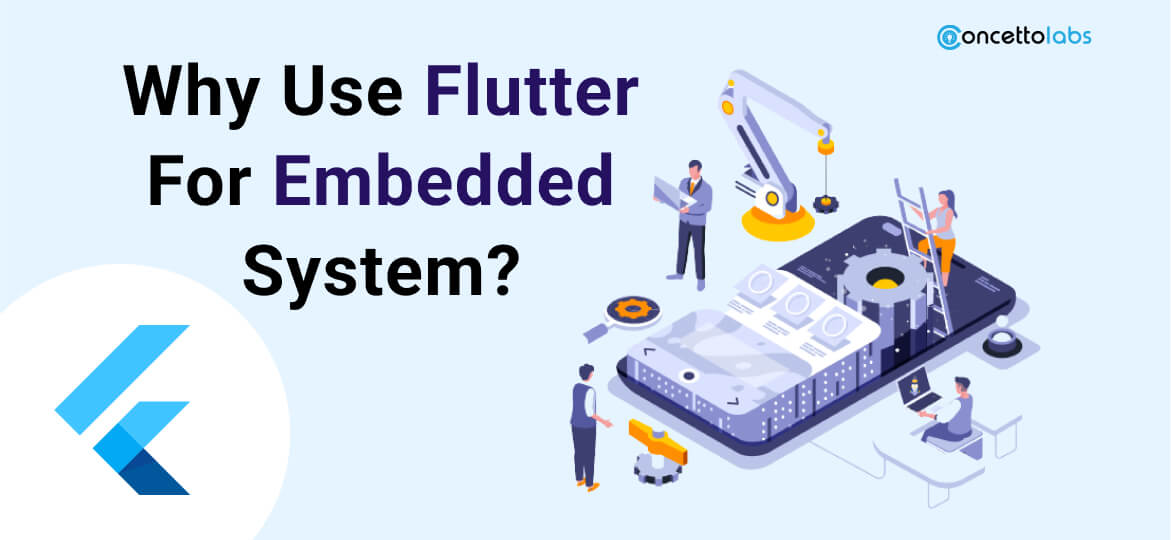
Flutter is a popular open-source framework for developing mobile, web, desktop, and embedded systems. It was created by Google and has rapidly grown in popularity due to its fast development times, high performance, and cross-platform compatibility. The framework uses Dart programming language and the Skia graphics engine to build high-quality, responsive, and user-friendly applications.
Embedded systems are becoming increasingly common in today’s technological landscape, with IoT devices and other connected devices becoming increasingly prevalent. As such, the demand for efficient and reliable embedded systems development tools is growing. Flutter offers a compelling solution for embedded systems development due to its ease of use, fast development times, and cross-platform compatibility. Getting help from professional flutter app development services can help you get better results. In this article, we will get you through using Flutter for embedded systems for your company.
What are Embedded Systems?

An embedded system is a computer system with a dedicated function within a larger mechanical or electrical system, often with real-time computing constraints. It is included in a whole device, frequently with physical and mechanical components. Today’s commonplace devices are controlled by embedded systems. Ninety-eight percent of microprocessors are manufactured as components of embedded systems.
Common examples of flutter-embedded systems include:
- Automotive engine controllers
- Digital cameras
- GPS receivers
- Industrial machine controllers
- Microwave ovens
- Mobile phones
- Set-top boxes
- Traffic lights
Components of an Embedded System
Today’s everyday gadgets are managed by embedded systems.
One example is the control system in an automobile; another example is a hand-held computer used for data collection in field service applications. This type of system is usually referred to as an application-specific embedded system because the design is focused on meeting the requirements of a single application.
The defining characteristic of an embedded system is that it is dedicated to performing one or a few pre-defined tasks, usually within physical constraints that prevent it from being repurposed for other tasks. Embedded systems are not always standalone devices; many are connected to networks much like personal computers (PCs). The distinction between general-purpose PCs and embedded systems is often blurred; for example, some low-end consumer electronics devices such as digital cameras include processors similar to those found in PCs, but they are usually dedicated to specific functions such as image processing or storing pictures.
Why Use Flutter Embedded Systems?
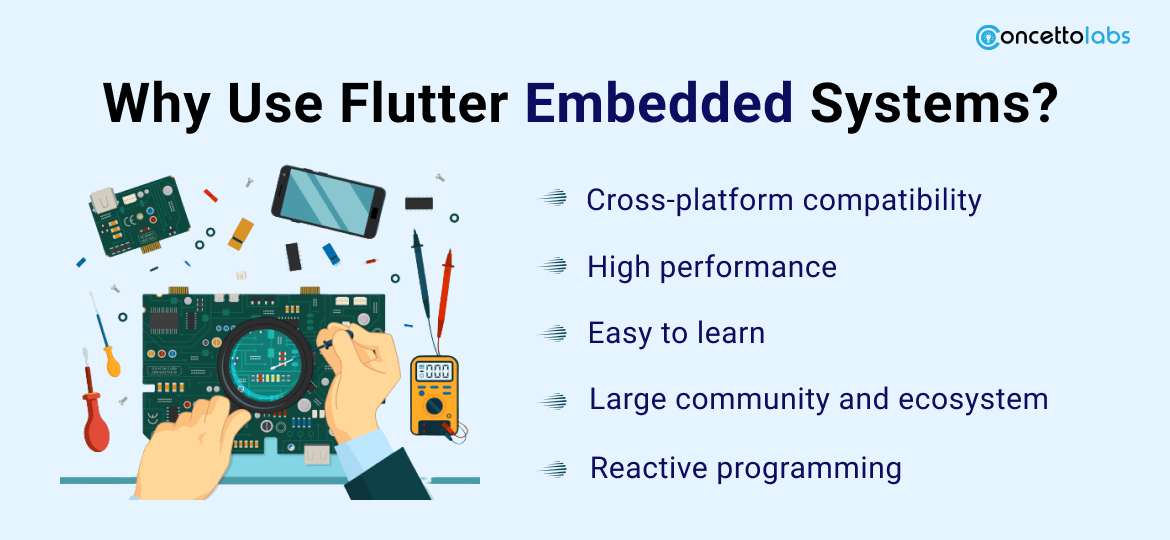
Flutter is an open-source framework for developing mobile, web, and desktop applications. It has gained popularity due to its fast development time, rich feature set, and easy-to-learn programming language, Dart. Flutter can also be used for developing embedded systems, which are small computer systems integrated into other devices or products.
There are several reasons why Flutter is becoming a popular choice for developing embedded systems
1. Cross-platform compatibility: Flutter allows developers to write code once and run it on multiple platforms, including iOS, Android, web, desktop, and embedded systems. This saves time and resources compared to developing separate applications for each platform.
2. High performance: Flutter uses a modern and fast graphics engine, Skia, which provides smooth and responsive animations, even on low-powered embedded systems.
3. Easy to learn: Dart is a relatively easy-to-learn programming language, making it accessible for developers who are new to embedded systems. This also means that developers can quickly pick up Flutter and start developing embedded systems without much delay.
4. Large community and ecosystem: Flutter has a large and active community of developers, which means there is a wealth of resources available for learning, debugging, and building new features. Additionally, there is a growing ecosystem of packages and plugins that can be used to extend the functionality of Flutter applications.
5. Reactive programming: Flutter uses a reactive programming model, which makes it easy to create user interfaces that are responsive and dynamic. This is particularly important in embedded systems, where user interactions often require immediate responses and real-time updates.
Flutter is particularly well-suited for developing Internet of Things (IoT) devices and embedded systems. These systems often require fast development times, high performance, and cross-platform compatibility. Additionally, Flutter’s reactive programming model makes it easy to create user interfaces that are responsive and dynamic, which is essential for many IoT devices and embedded systems.
In conclusion, Flutter is a powerful and versatile framework that can be used for developing a wide range of applications, including embedded systems. With its cross-platform compatibility, high performance, easy-to-learn programming language, and large community and ecosystem, Flutter is a valuable tool for developers looking to build embedded systems that are fast, responsive, and user-friendly.
Let us Help you Bring your Flutter Embedded system vision to life.
Schedule a Free ConsultationFeatures of Flutter for Embedded Systems
A mobile app SDK called Flutter allows developers to create fast, high-quality apps for iOS, Android, the web, and desktop. The Flutter framework makes it easy to create fast, responsive user interfaces that are optimized for a variety of devices and form factors.
Flutter’s unique approach to composition and layout gives developers the flexibility to create rich user experiences that are tailored to the specific needs of their app. For example, Flutter’s layout model supports multiple screen sizes and densities, as well as different orientations (landscape or portrait). This allows developers to create an app that looks and feels great on all devices. Hire Flutter Developers company to get the maximum benefit from flutter embedded systems.
In addition to its flexible UI capabilities, Flutter also provides several features that are specifically designed for embedded systems. These include:
1. Support for multiple screens: Flutter’s support for multiple screens enables developers to create apps that can be used on both handheld devices and larger displays such as televisions or monitors. This is particularly useful for creating apps that need to be used in both indoor and outdoor environments.
2. Low-latency input: Flutter’s low-latency input system ensures that users have a smooth and responsive experience when using an app on an embedded system. This is essential for applications where time is critical, such as gaming or industrial control apps.
3. Hardware acceleration: Flutter’s hardware acceleration features allow developers to take advantage of the powerful GPUs available in many embedded systems. This allows them to create visually stunning apps that are optimized for performance.
4. Low memory usage: Flutter’s low memory usage makes it an ideal choice for embedded systems with limited resources. This helps to ensure that apps can run smoothly even on devices with limited RAM and storage capacity.
Why Did Toyota Choose Flutter Embedded System?
Toyota decided to use Flutter for embedded systems because it offers a great deal of flexibility and scalability. Additionally, Flutter is easy to learn and use, which makes it ideal for development teams of all sizes.
Flutter is highly efficient and has a wide range of features that make it a great choice for Toyota’s embedded systems. It also provides an easy way to create stunning user interfaces, which are essential for creating intuitive and enjoyable user experiences. Additionally, Flutter can be used to develop applications for both Android and iOS platforms, which allows Toyota to create applications that are compatible with multiple devices.
How To Run A Flutter Application On Different Devices?
There are a few different ways to run a Flutter application on different devices. The most common way is to use the flutter_runner tool, which is included with the Flutter SDK. This tool will automatically detect any connected devices and launch the application on them.
If you want to manually select which device to launch the application on, you can use the –device flag with flutter_runner. For example, to launch on a specific iOS device:
flutter_runner –device=iPhone7
To launch on a specific Android device:
flutter_runner –device=Nexus6P
You can also use the flutter run command to launch an application on a connected device. This command will automatically select a target device if one is available, otherwise, it will prompt you to choose from a list of available devices. For example:
flutter run -d=iPhone7
How Does the Flutter Application Communicate with the UI, Especially in Embedded?
The Flutter application communicates with the UI through several different channels. The most important channel is the event loop, which is responsible for sending messages to the UI and receiving user input. Other channels include the rendering pipeline, which handles graphics and animation, and the accessibility tree, which provides information about the accessibility of UI elements.
Discover our Flutter for Embedded Systems solutions
Contact UsAlternatives to Flutter for Embedded Systems
If you’re looking for alternatives to Flutter for embedded systems, you have a few options. Qt and GTK+ are both popular options for cross-platform development. If you’re targeting flutter embedded Linux specifically, then you might want to look at QML or Gtkmm. And if you’re just looking for something lightweight, then Nano flutter GUI development could be a good option.
There are several alternatives to Flutter for embedded systems development, including
1. Qt: Qt is a popular cross-platform application development framework that has been used for embedded systems development for many years. It uses C++ as its primary programming language and offers a wide range of libraries and tools for embedded systems development, including support for various operating systems and hardware platforms.
2. Embedded C++: Embedded C++ is a low-level programming language that is commonly used for developing embedded systems. It is well-suited for low-level tasks and provides fine-grained control over hardware and software interactions, making it a popular choice for embedded systems developers.
3. MicroPython: MicroPython is a variant of the Python programming language that has been specifically designed for use in embedded systems. It provides a compact and lightweight environment for developing embedded systems and allows developers to use Python’s high-level programming constructs to build embedded systems.
4. C# and .NET Micro Framework: C# and the .NET Micro Framework are popular choices for embedded systems development, especially for those targeting .NET platforms. The .NET Micro Framework provides a compact runtime environment for embedded devices and supports the development of rich, embedded applications.
Ultimately, the best alternative to Flutter for embedded systems development will depend on the specific requirements and constraints of each project. Factors such as hardware and software platform support, performance requirements, and development team experience will all play a role in determining the best choice for each project. Hire us for flutter-embedded solutions
Conclusion
In conclusion, Flutter is a powerful and versatile framework that can be used for developing a wide range of applications, including embedded systems. Its cross-platform compatibility, high performance, easy-to-learn programming language, and large community and ecosystem make it an attractive option for developers looking to build fast, responsive, and user-friendly embedded systems.
While there are some limitations to using Flutter for embedded systems, such as limited support for hardware-specific features and resource-intensive for low-powered embedded systems, its benefits outweigh these drawbacks. With its reactive programming model and fast development times, Flutter provides a flexible and efficient solution for embedded systems development.
As the Flutter community and ecosystem continue to grow, we can expect to see further improvements and advancements in embedded support for flutter. Overall, Flutter is a valuable tool for developers looking to build high-quality embedded systems that meet the needs of their users.


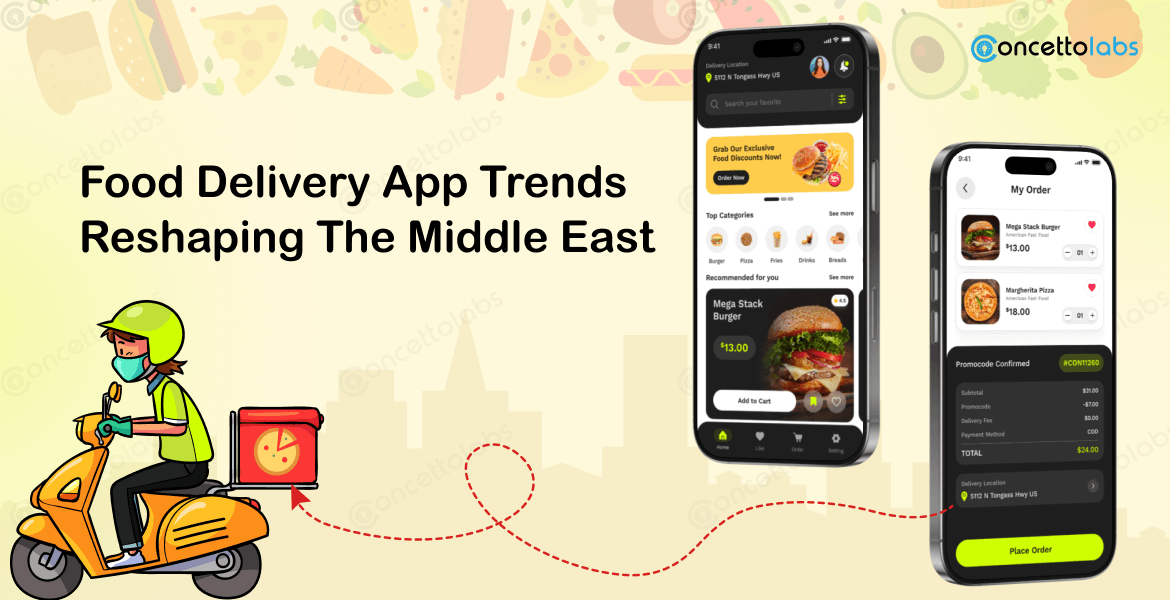
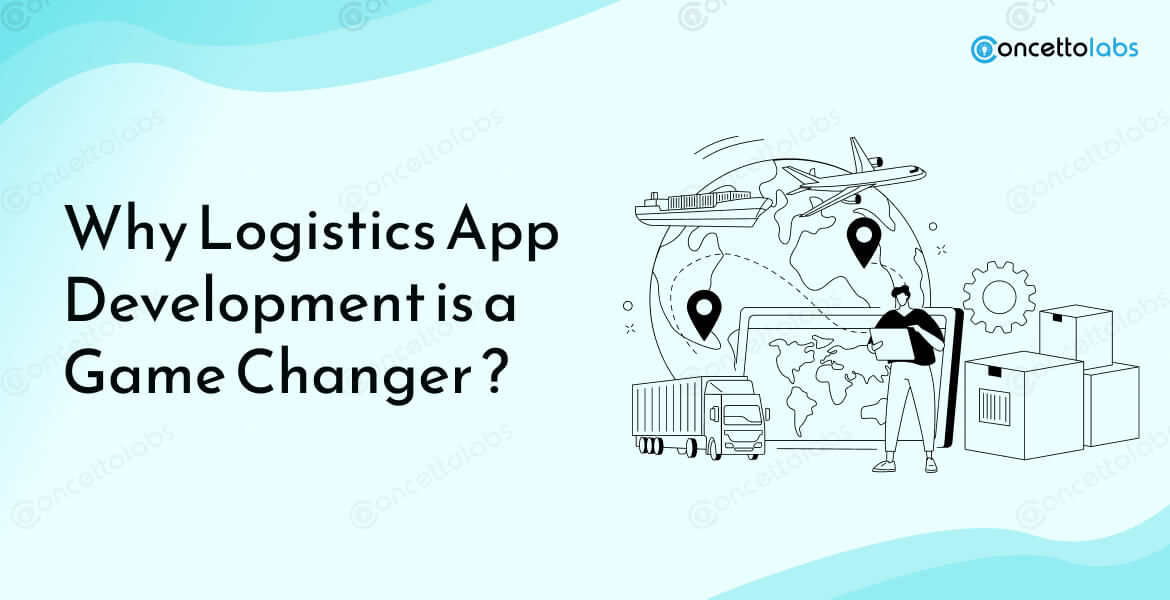
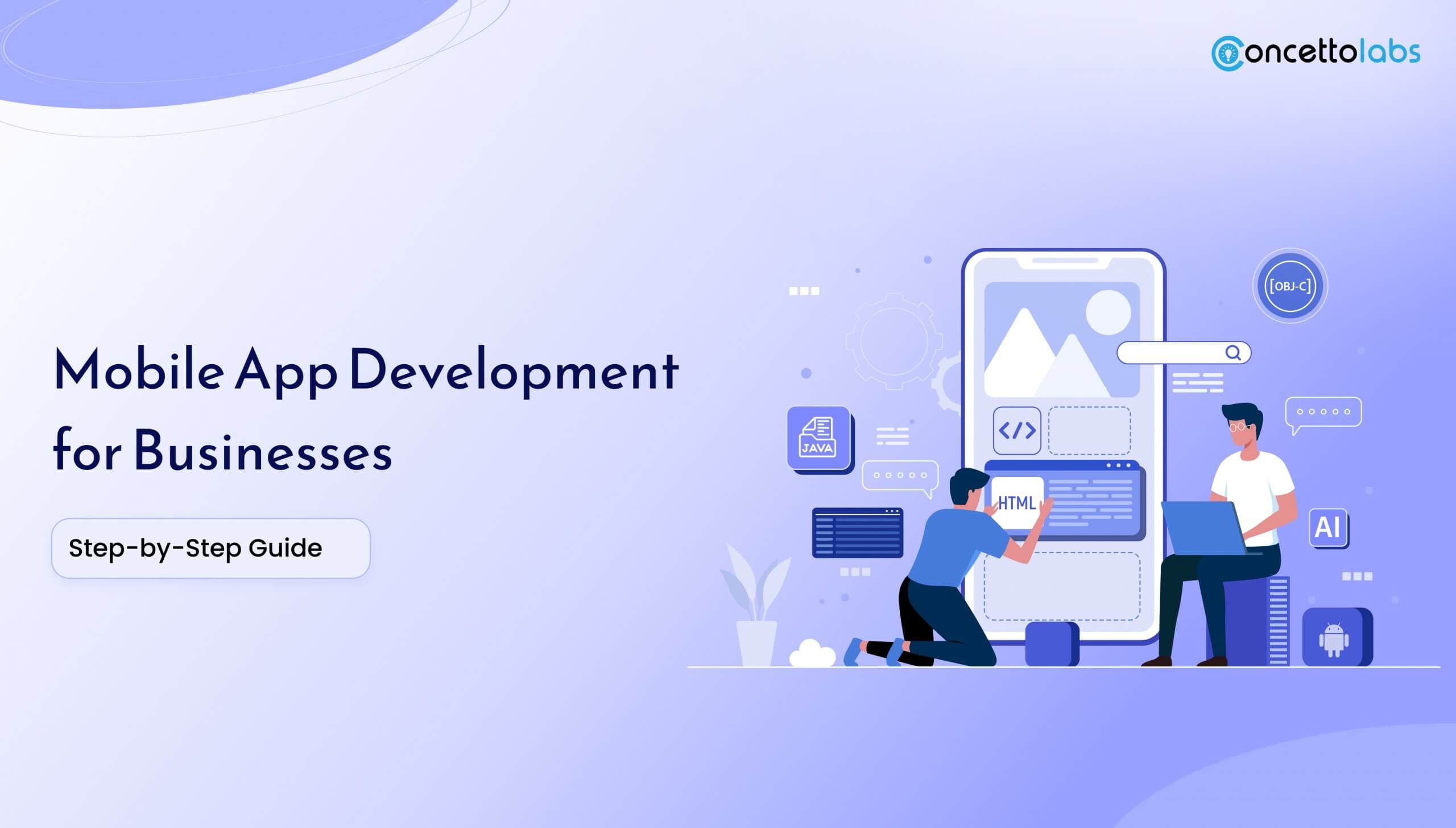


 Indonesia
Indonesia
 Botswana
Botswana
 USA
USA
 Italy
Italy
 Panama
Panama




 USA
USA UK
UK Saudi Arabia
Saudi Arabia Norway
Norway India
India Australia
Australia